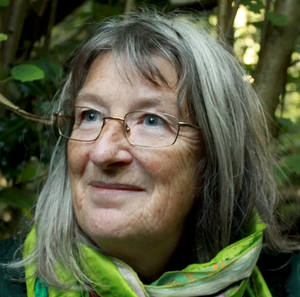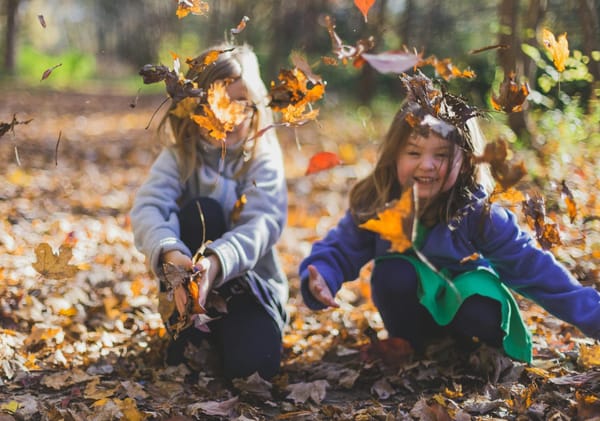Glennie Kindred shares ways to mark the Autumn Equinox, on the 22 September
This is the harvest celebration of the year, and here we pause for a moment to appreciate all the abundance that the Earth has provided. It is also an opportunity to give thanks for your own harvest too and to look for the seeds within them.
Day and night are equal in length, and at this point of balance, look for what might have become out of balance in your life and what you could do to help restore it?
• Plan a harvest party, asking everyone to bring seasonal home-cooked food and drinks to share, and something to add to a central shrine that will reflect harvest in all its many different ways.
• Ask everyone to bring things for a ‘Basket of Abundance’ - things they no longer want or need, or an abundance of produce. This may be an ongoing flow of putting in and taking out, or it might be part of a harvest ceremony, where each in turn lights a night-light with thanks for their harvest, as each puts something in, and takes something out.
• Ask everyone to bring beads, seeds, shells, sticks, feathers, grasses, dried seed heads, flowers, ribbons, threads, large-eyed-needles, scissors etc. Make a place for everyone to sit together to weave, thread, bind and create something that reflects the abundance of your harvest moment. It may be a necklace to wear, a head-dress, a posy to hang up, a special harvest wand or totem. As you make it, think positively about the things you are harvesting right now and count your blessings!
• Using your creation as an anchor, take it in turns to share with each other both your harvest and the seeds hidden within your harvest, and how you might take these gifts forwards for your greater good and the greater good of the Earth.
• Take the children into the woods to gather nuts and fruit. (Always remember to leave plenty for the birds and forest creatures whose lives will depend on them, and only gather from where there is a great abundance.)
• Plant native tree seeds such as acorns, hazelnuts, rowan berries, alder cones, haws from the Hawthorn. It is a good idea to tie some netting over the pot to stop mice from digging them up. Label the pots and leave them outside. Some will germinate in the spring, when they can be potted up into a larger pot. Eventually they will need permanent homes. Plant them in the ground when the leaves have fallen and root energy begins.
HAZEL Corylus avellana
Hazel is a very useful tree to have in the garden. The many straight stems or ‘rods’ growing from its base can be cut and used to make dens, archways, bowers, screens and other creative structures. The more you cut them, the more will grow. (Only cut the straight rods as the other more twisty ones are nut bearing.)
Forked Hazel divining sticks have long been used to find hidden underground water. If you want to have a go, cut a fresh forked Hazel twig, and state your intention to use it to find water. Holding the two arms, pull them slightly apart to create tension and walk slowly. The tip of the twig will ‘twitch’, as it responds to water below the ground.
Hazel nuts or ‘cobs’ are a rich source of protein. Roast them in a heavy pan with a little olive oil, adding a little salt at the end. Alternatively grind them up, adding extra oil and cocoa for your very own chocolate hazelnut spread.
Glennie Kindred is a writer, author, grandmother and wisewoman of earth traditions
MORE INSPIRATION
For lots more ideas about celebrating the Earth Festivals:
The Earth Pathways Diary can be ordered from www.earthpathwaysdiary.co.uk
Also read Sacred Earth Celebrations from www.glenniekindred.co.uk







